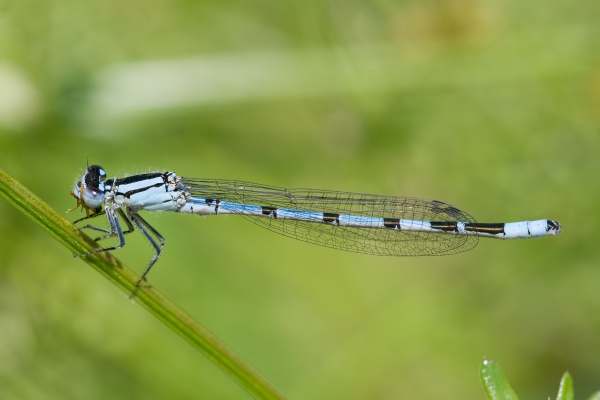Facts About Common bluet
Enallagma cyathigerum, commonly known as the Azure Damselfly, is a species with a wide distribution across the Palearctic region, including Russia, Europe, and South Korea. These damselflies are vital to aquatic ecosystems and serve as sensitive indicators of environmental changes, such as climate shifts.
Enallagma cyathigerum can be found in various freshwater habitats, ranging from acidic fens to nutrient-rich ponds. They play a crucial role in the food web as intermediate predators, consuming smaller larvae and being preyed upon by larger fish and other larvae. The larvae favor environments with complex structures, which offer protection from predators such as fish.
For identification, males and females can be distinguished by their coloration and markings. Females exhibit different morphs, such as andromorph and heteromorph, which help them avoid attention during reproduction. The lifecycle of these damselflies begins in freshwater as larvae, with their development influenced by factors like temperature and resource availability.
The larvae of Enallagma cyathigerum have a varied diet and are highly mobile. During mating, they form a "mating wheel" where the male grasps the female by her neck. These damselflies are noted for their low-flying patterns through reeds and over water bodies.
Interestingly, the mitogenome of Enallagma cyathigerum has been sequenced, providing valuable genetic data for phylogenetic studies. However, human activities, especially the use of pesticides, pose a significant threat to these damselflies, impacting their ability to successfully metamorphose and their overall fitness.

 Ireland
Ireland